The village of Imber is situated in the middle of the Salisbury Plains in Wiltshire, England. The village was evacuated and abandoned in 1943 so that it could be used as a military exercise area for American troops before invading Europe during the second World War. The residents of the village were not allowed to return home to Imber after the war, and the town and area around it is currently used by the military. The village has a church, and this church is open for a few days each year. Each year, visitors can visit the church (St. Giles Parish Church) and village as the military ceases to use it for a few days. One of the weekends that it is open to the public is on Easter weekend. Other than that, the village is abandoned and is used by the military.
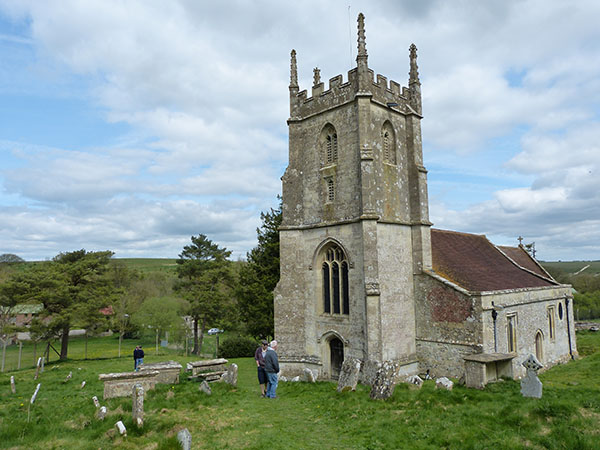
I visited Imber on the Saturday before Easter. The St. Giles Parish Church was open at this weekend and held a special Sunday Easter service. I was curious to see this abandoned village that the villagers could not return to after the war. There are a few times out of the year where you are permitted to drive to the village of Imber, which is seven miles down a dirt track. Before entering, you are given warnings not to enter the live firing range. I believe that (and hope) that people who try to are turned back on days when it is in use. Along the dirt road, we were warned constantly not to get out of the car or leave the carriageway. Following these instructions is very important, even though going off to get photographs can be tempting.
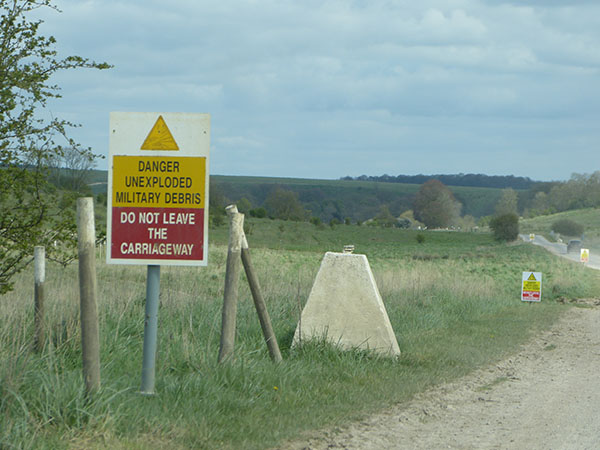
Especially when you drive past several of these rusting tanks along the road....

...and a whole graveyard of burnt-out and rusting tanks along the hillsides.
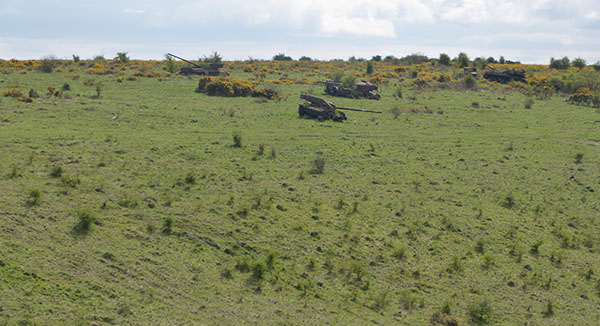
We then passed by some of the old buildings of Imber and buildings that are now used and constructed by the military for urban warfare training. There are warnings not to go into many of these buildings.

Many of the old village homes and buildings have been demolished, but the church is still in very good condition. Below is a photograph of the St. Giles Parish Church from near where the High Street used to be. The road leading up to the church is now named "American Road".
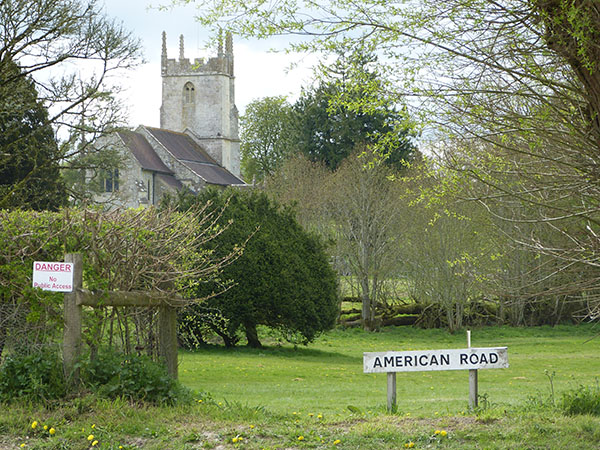
Inside the church, people were selling refreshments and information about the village and its history.
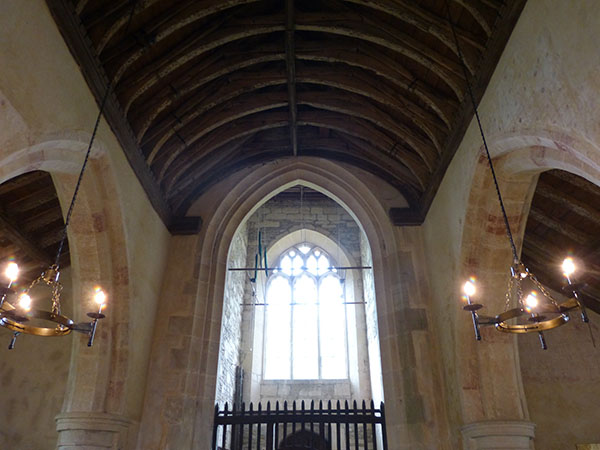
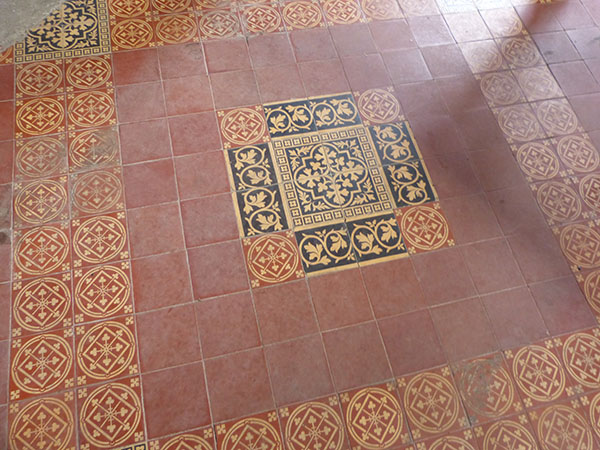
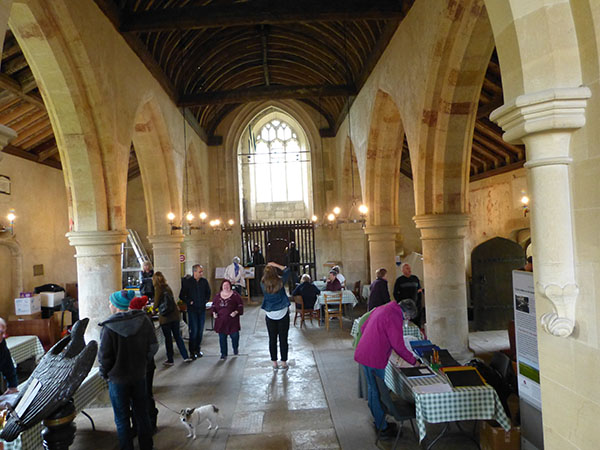
I also had a walk around the church, which is on the top of a hill overlooking the village of Imber.
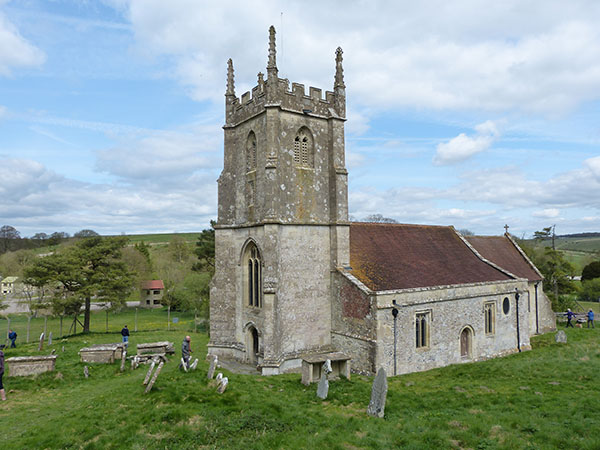
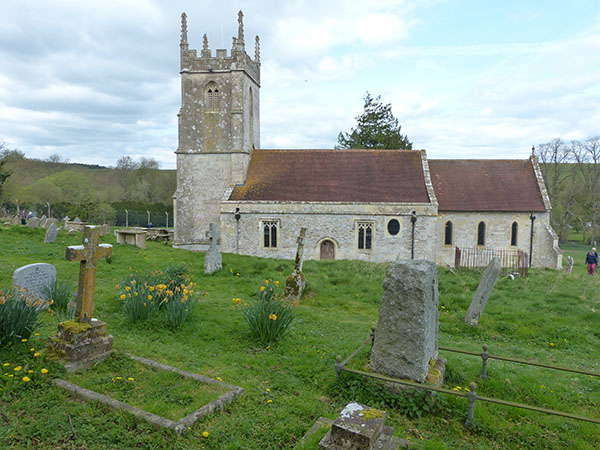
A war memorial is located at the base of the hill where the church is.
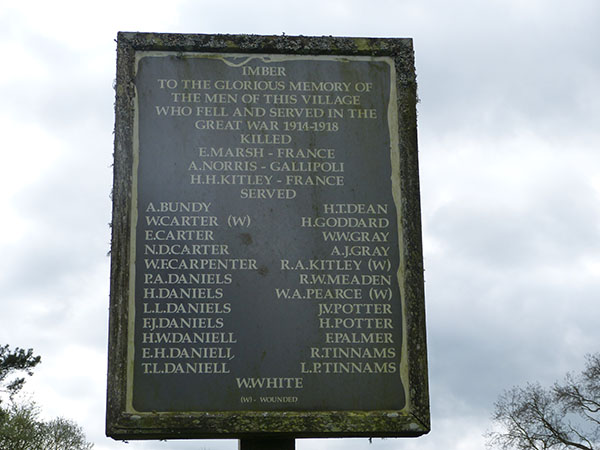
Also at the bottom of the hill is the old farmhouse (Seagram's Farm), and this building was constructed in 1870. Most people in the remote village were in the agriculture business and would have primarily raised sheep. I checked out a couple of the old buildings here, and you can step inside and look through the windows of the old homes and buildings. There are a couple of old farm buildings next to the one pictured below.
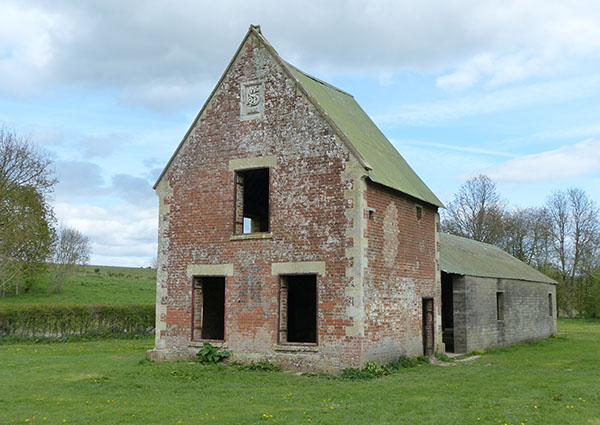
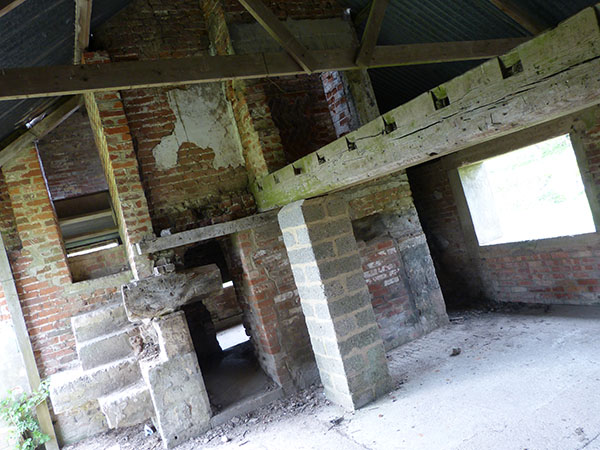
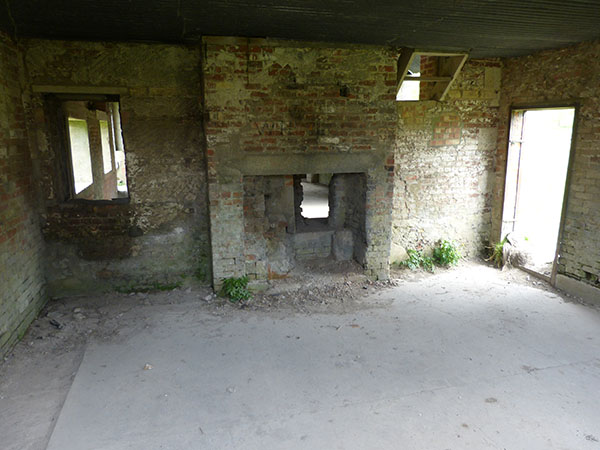
This borders "Church Street", which leads to the church but has been renamed "American Road".
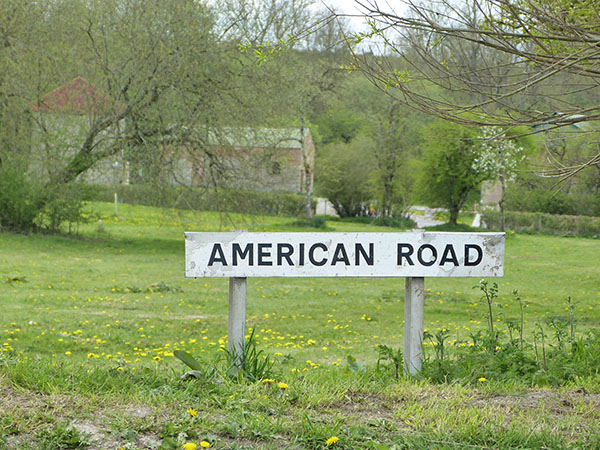
All along the road here, the signs warn about unexploded bombs and warn visitors to keep to the main road and not walk around.
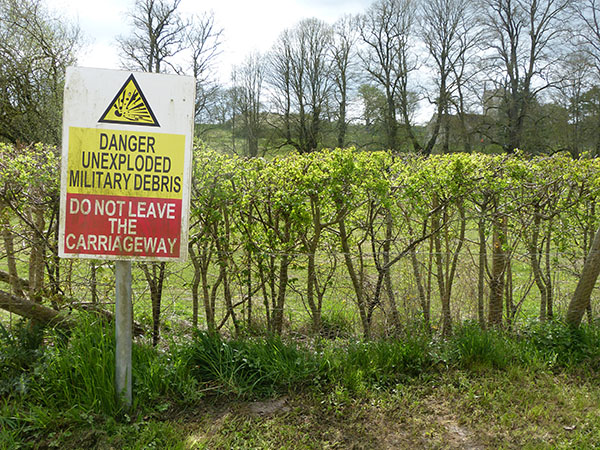
One of the abandoned buildings was the village pub, known as The Bell Inn. The landlord kept renewing the license into the 1960s in the hope that the villagers would be allowed back.
On the exit, I looked at the tanks again and wished that we could have stopped for some better photographs, but too many others were driving slow and deciding to do the same.
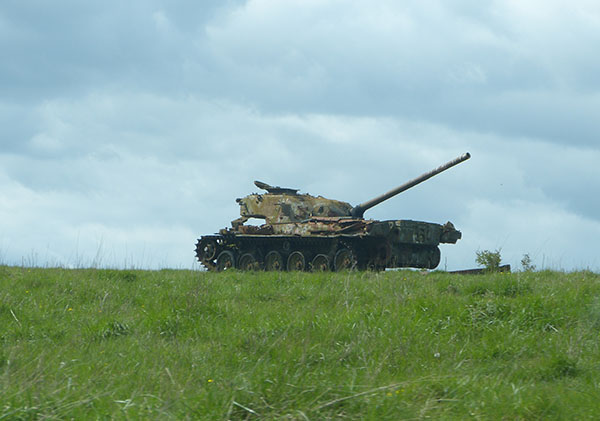
I do feel sorry for all of the villagers that were given only a few weeks to leave the village and then were never allowed to return after the war. The village of Imber is an interesting place to visit.

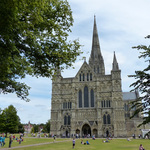
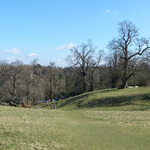
Leave a comment